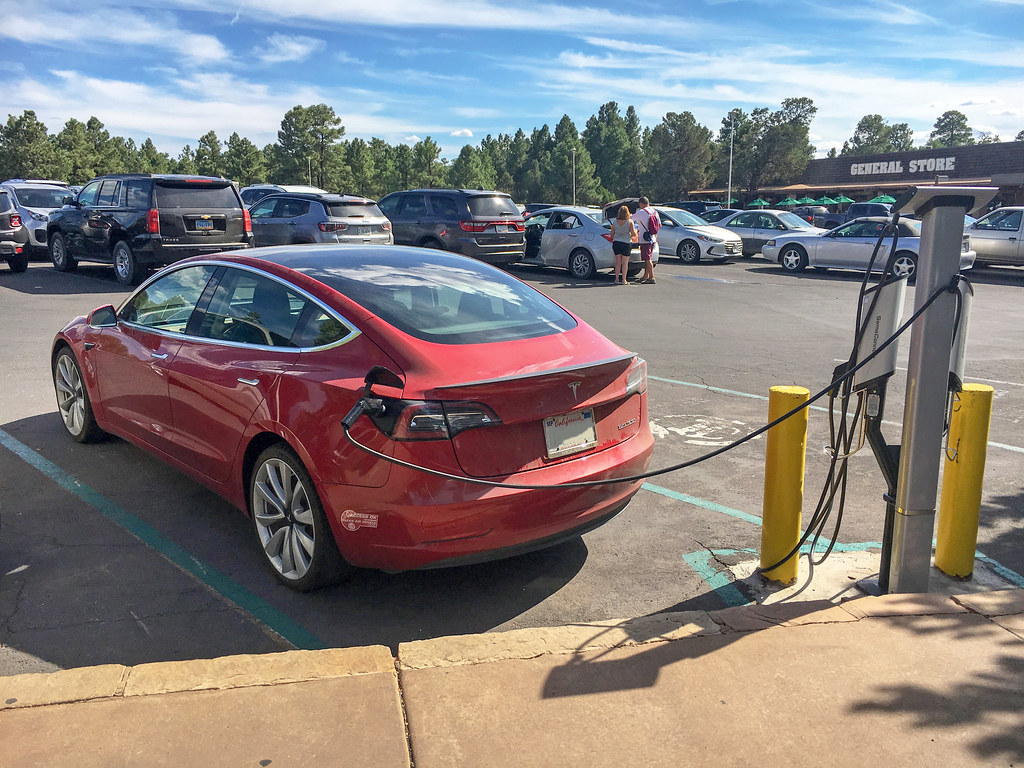
Driving an electric vehicle (EV) brings a host of benefits, from reducing your carbon footprint to enjoying a quieter, smoother ride. However, if you’re navigating the colder months, especially as an EV owner in chilly climates, you might have noticed a frustrating trend: a noticeable drop in your vehicle’s range. This isn’t a flaw in your cutting-edge machine; instead, it’s a well-understood phenomenon rooted in how lithium-ion batteries perform when temperatures plummet.
Understanding and mitigating this range reduction is key to a stress-free winter driving experience. Whether you’re a seasoned EV driver or embarking on your first electric winter journey, there are always valuable insights to gather. This in-depth guide is designed to empower you with practical, actionable advice, straight from industry experts, to help you get the absolute best range and performance from your EV even when the mercury takes a nosedive.
We’ve consulted with leading experts like Richard Reina, product training director at CARiD.com, and Casey Donahue, CEO of Optiwatt, a residential managed charging platform, to bring you a comprehensive set of strategies. These aren’t just theoretical suggestions; they are proven tips and tricks to solve real-world problems and help you master the art of winter EV driving. Let’s dive into the simple yet profound secrets to keeping your EV running strong, no matter how harsh the winter conditions get.
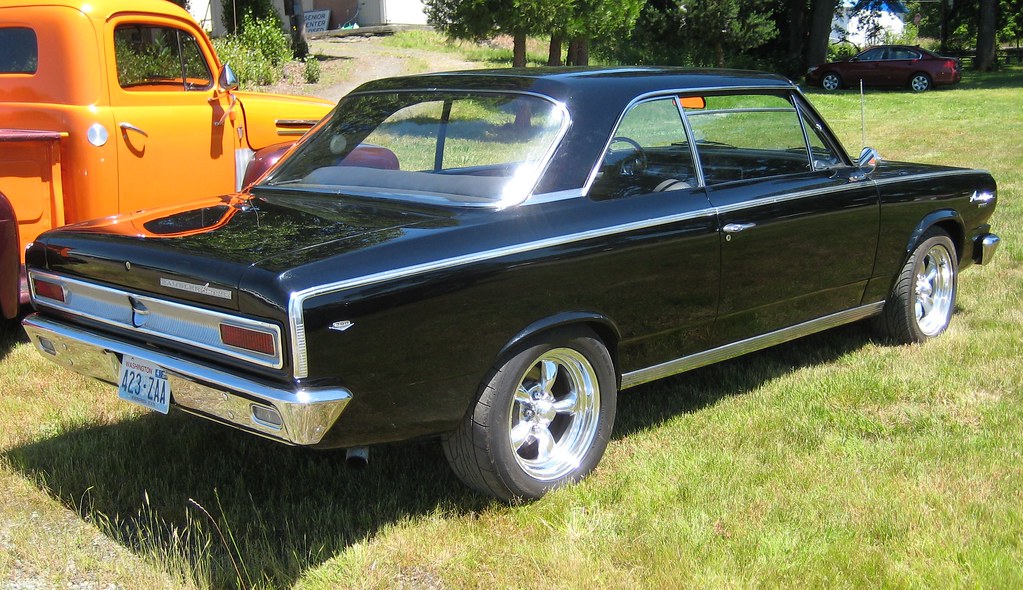
1. **Strategic Parking: Shelter Your EV from the Deep Freeze**One of the simplest yet most effective ways to combat winter range loss is by being mindful of where you park your electric vehicle. The colder the ambient temperature, the more challenging it is for your battery to maintain its optimal state. Even a seemingly small effort in parking can yield significant benefits in preserving your EV’s range and overall efficiency during the frigid months.
Richard Reina, an expert in product training, emphasizes this crucial point: “It’s always best practice in the winter to park your EV in a garage. Even an unheated garage provides some protection from the cold. A temperature difference of even a few degrees means that the battery of your EV can hold its charge longer. EV batteries lose some range with every degree drop in temperature.” This highlights that even minimal shelter can create a microclimate that benefits your battery.
Consider the plight of apple farmers in Kashmir, who found their electric three-wheelers losing up to 60% of their charge overnight when parked in open courtyards in minus-five-degree Celsius weather. This stark real-world example underscores the critical importance of protection from the elements. While an unheated garage might not seem like much, it acts as a buffer against extreme temperature swings, preventing the battery from having to work harder to simply maintain its temperature.
Beyond just the battery, sheltering your vehicle also protects other components from the harsh effects of winter. Casey Donahue advises, “It’s also important to consider the general wear and tear the harsh weather has on your vehicle, so park it in a covered structure if you can.” This holistic approach to winter vehicle care ensures that not only your battery but also other vital parts are less stressed by the cold, contributing to the longevity and reliability of your EV.
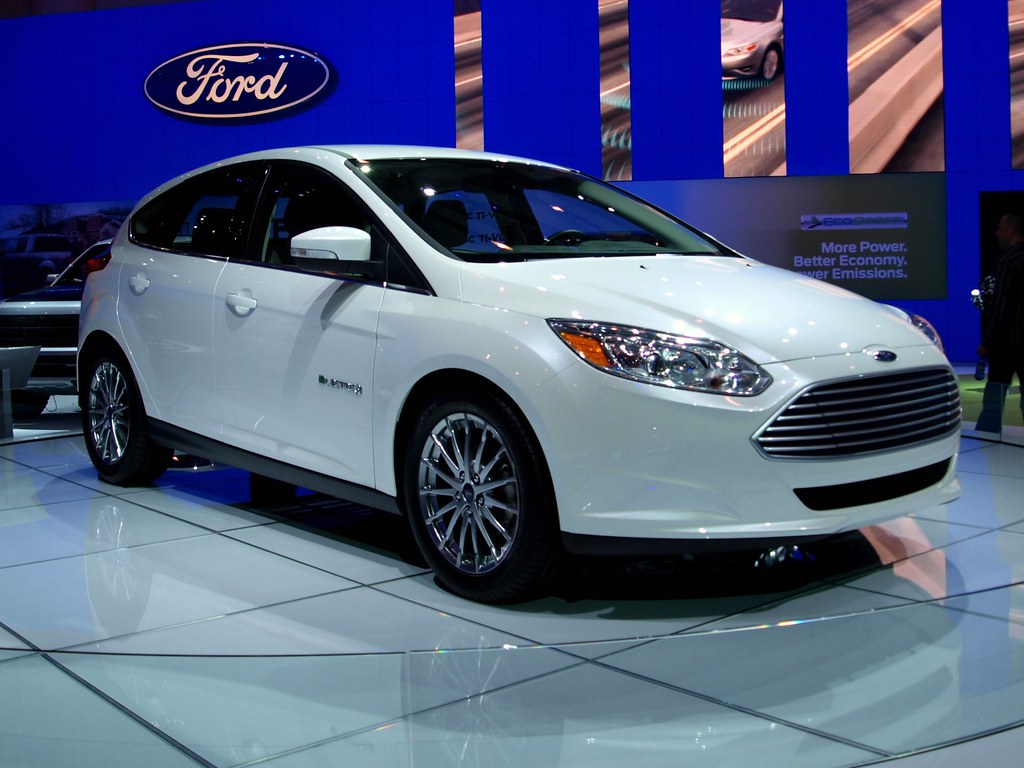
2. **Smart Preconditioning: Heat While You’re Still Plugged In**Imagine stepping into a warm car on a freezing morning, all while knowing you haven’t wasted precious battery energy doing so. This is the magic of preconditioning, a feature that savvy EV owners leverage to maximize their winter range. Preconditioning involves warming up both the battery and the cabin of your EV *before* you unplug and depart, ideally while the vehicle is still connected to its charging source.
Casey Donahue elaborates on the importance of this strategy: “Scheduling departure gives you the time needed to precondition your vehicle and lets users maximize range by allowing the battery enough time to charge. If you can, try to schedule your departure to allow for preconditioning as well as a full charge.” This synchronization of charging and preconditioning is a game-changer, ensuring your battery is at an optimal operating temperature and fully charged right when you need to leave.
Preconditioning offers a dual benefit: it reduces battery strain during departure and significantly boosts the efficiency of your vehicle’s operations. A cold battery drains much faster, making it inherently less efficient. Furthermore, as Donahue points out, “A cold battery can also have a negative effect on regenerative braking, and preconditioning the battery allows regenerative braking to kick in, maximizing the efficiency of the vehicle.” By warming the battery beforehand, you ensure that the energy recapture system works at its best, funneling more energy back into the battery rather than losing it to mechanical braking.
This simple act of preheating while plugged in minimizes the energy draw from the battery once you start driving, as the power comes directly from the grid. As the experts explain, “It takes more energy to warm up a cold car than to keep a warm car warm.” By preconditioning, you’re essentially giving your EV a head start, preparing it for the rigors of cold weather without depleting your driving range. Most modern EVs offer this functionality through their companion apps or by allowing you to set a scheduled departure time, making it an effortless addition to your winter routine.
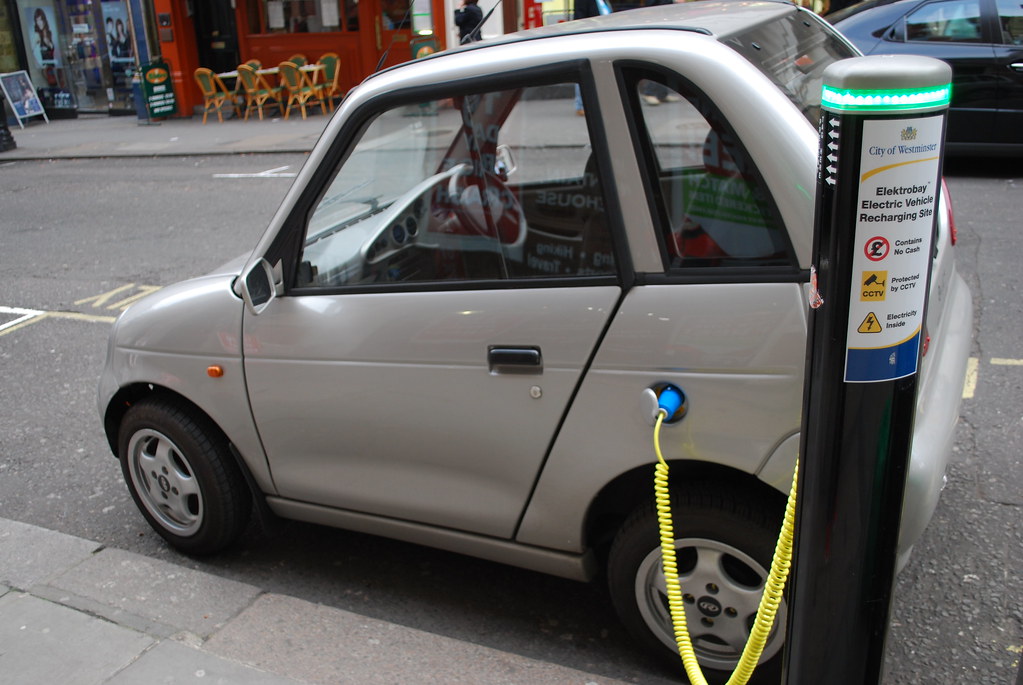
3. **Optimal Charging Habits: Keep Your Battery Juiced Strategically**How and when you charge your EV can have a profound impact on its winter performance and overall range. It’s not just about plugging in; it’s about strategic charging that acknowledges the unique challenges cold weather poses to lithium-ion batteries. Developing smart charging habits can significantly mitigate range loss and ensure your EV is always ready for the road, even on the coldest days.
Richard Reina emphasizes the foundational practice of charging: “If you are able to charge at home, you should fully charge it overnight. EV batteries lose range in the colder weather, so starting the day with a full charge is smart and safe.” Beginning your day with a completely full battery provides the maximum possible buffer against cold-induced range reduction, offering peace of mind for daily commutes and unexpected detours. This also ties into preconditioning, as an overnight charge can be timed to complete just as you plan to depart, ensuring a warm and full battery.
Beyond a full charge, maintaining a healthy battery state is also crucial. Experts suggest that “in cold weather, it’s best to stay above 20 percent and charge to 80–90 percent if possible.” While a full 100% charge might seem ideal, keeping the battery within this slightly lower range (80-90%) can contribute to battery longevity, and more importantly, allows the car’s thermal management system to efficiently warm the battery while charging. This range also leaves a small buffer for regenerative braking to function optimally, as a completely full battery has less capacity to accept additional energy.
Furthermore, if your EV is stored plugged in with a maximum charge setting of 70% or 80%, a crucial benefit emerges: “That way, the car can pull energy from the wall to keep warm, rather than using the battery.” This clever strategy means your vehicle’s thermal management system can draw power directly from the grid to maintain optimal battery temperature. This prevents the battery from self-discharging to stay warm, ensuring you return to a higher capacity than you might otherwise expect after a cold night, ready for your next journey without compromise.
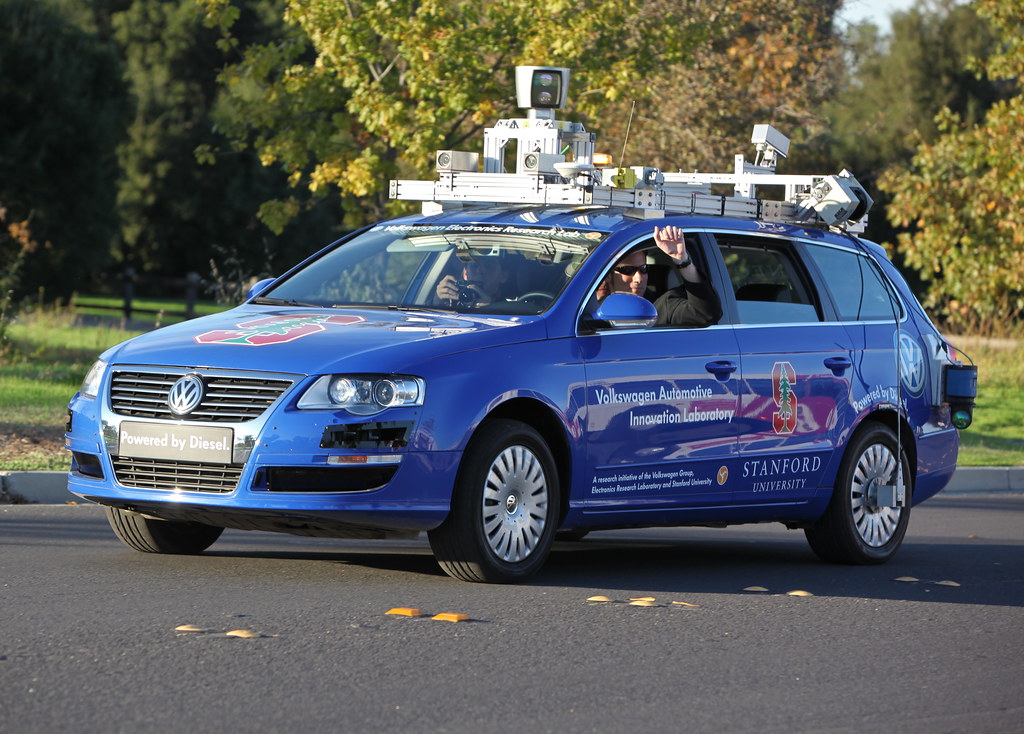
4. **Energy-Efficient Driving Modes: Embrace Eco Mode**Modern electric vehicles are equipped with sophisticated features designed to help drivers maximize efficiency, and Eco Mode is a prime example of this technology. When facing the challenges of cold weather, activating Eco Mode becomes an even more valuable tool in your arsenal to preserve battery range. It’s a proactive step that allows your EV to operate with a heightened focus on energy conservation.
Richard Reina explains the core function of this mode: “Eco Mode exists to boost your battery’s range by limiting energy supply and power consumption. It maximizes your battery’s efficiency, and it works during cold weather as well.” By consciously constraining certain aspects of vehicle performance, Eco Mode ensures that every available watt of energy is utilized as efficiently as possible, directly counteracting the increased energy demands of colder temperatures.
It’s important to understand the trade-offs involved when engaging Eco Mode. As Reina notes, “While in Eco Mode, some of your car’s features receive less power so do not perform to the same level. For example, power for acceleration may be reduced.” This means your vehicle might feel a bit less zippy, with acceleration being more gradual. However, for everyday driving in winter conditions, this slight reduction in performance is a small price to pay for the significant gains in range and efficiency you’ll experience. The primary goal is to reach your destination reliably, and Eco Mode helps achieve that with greater energy discipline.
Beyond just acceleration, Eco Mode often subtly adjusts other energy consumers within the vehicle, ensuring a holistic approach to conservation. It’s a smart system that manages various power draws to stretch your battery further. Combining Eco Mode with other tips, such as managing your heating systems, creates a powerful synergy for range preservation. Engaging this mode is a simple button press or menu selection that immediately shifts your EV into a more frugal operating state, giving you more miles for your journey during the winter.
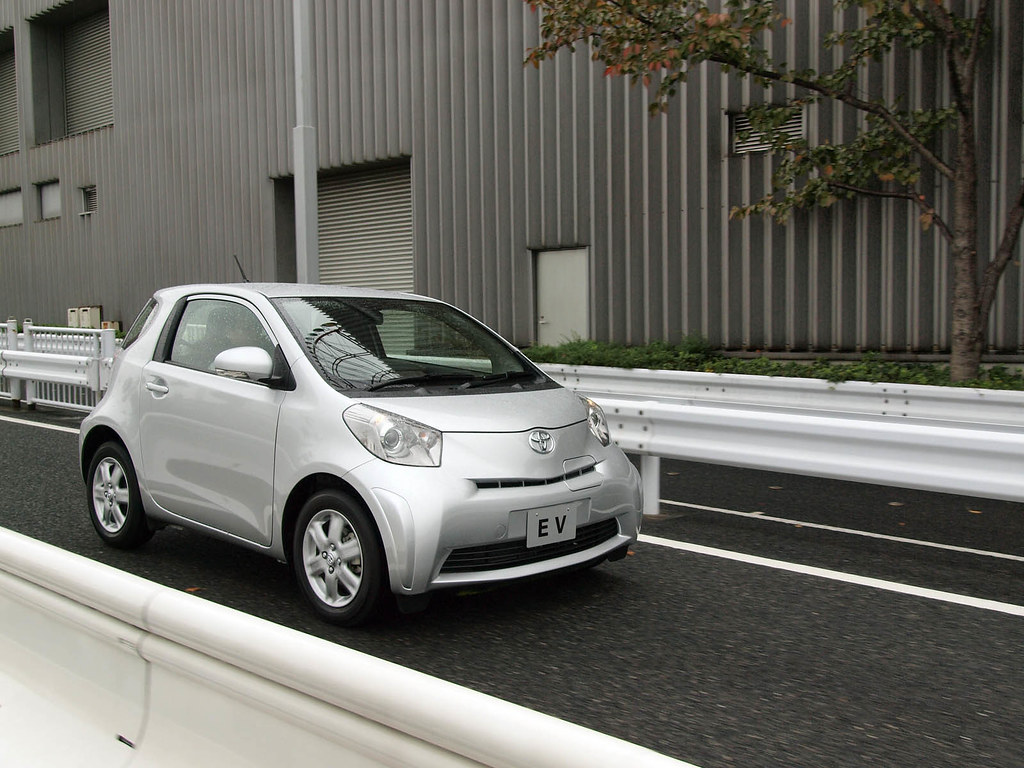
5. **Targeted Heating: Seat Heaters Over Cabin Warmth**One of the biggest energy drains in an EV during cold weather comes from heating the cabin. Unlike gasoline cars, which can use waste heat from the engine to warm passengers, EVs must draw power directly from their battery for climate control. This energy expenditure can significantly impact your driving range, making smart heating choices a critical component of winter efficiency.
However, there’s a highly efficient alternative readily available in many EVs: heated seats and steering wheels. These features offer targeted warmth directly to the occupants, creating a comfortable experience with a fraction of the energy consumption compared to heating the entire cabin. As an editor’s note in the provided context highlights, “Heated seats use less power than the heating system.” This simple fact forms the basis of a powerful range-saving strategy.
By relying on seat heaters and a heated steering wheel, you can significantly reduce the demand on your main heating system. The advice is clear: “Use seat heaters instead of cabin heat. They’re more efficient and consume less energy.” Think of it as personal climate control that doesn’t penalize your battery nearly as much. Mike from Minnesota, a Chevy Bolt owner, shared his experience: “The first winter, I noticed the heater was sucking up my range fast. Now I use the seat warmers more, and it helps a ton!” His real-world insight validates the effectiveness of this approach.
Once your car has been preconditioned and you’re on the road, the recommendation is to “plan to use seat warmers, a heated steering wheel, and turn down the cabin heater. These features use less energy and provide targeted heat, giving you more battery to travel.” This strategic deployment of heating ensures you stay warm and comfortable without excessively compromising your EV’s precious range, making every winter journey more efficient and enjoyable.

6. **Maintain Vehicle Health: Beyond the Battery**While much of the focus for EV range optimization in winter naturally falls on the battery and its management, it’s crucial not to overlook the foundational principles of vehicle maintenance that apply universally, whether your car is powered by gasoline or electricity. Many of the tried-and-true practices for maximizing fuel economy in traditional vehicles are equally relevant for preserving and extending your EV’s range during the colder months.
Richard Reina draws a clear parallel: “For internal combustion engine vehicles, it’s long been recommended that steps be taken to maximize fuel economy. For example, unnecessary weight should be removed from the car; tires should be properly inflated, rapid acceleration should be avoided, and cruise control should be used to maintain a steady speed. All these tips equally apply to EVs.” This underscores that fundamental physics and vehicle dynamics remain constant, regardless of the powertrain.
Proper tire pressure is particularly vital in cold weather. As temperatures drop, so does the air pressure inside your tires. The context explicitly states, “Cold air lowers tire pressure, and low pressure = more resistance. Keep them properly inflated to help maintain range.” Under-inflated tires increase rolling resistance, forcing your EV to expend more energy to cover the same distance. Regularly checking and adjusting tire pressure to the manufacturer’s recommendations can make a noticeable difference in your winter range.
Furthermore, minimizing unnecessary weight in your vehicle reduces the energy required for acceleration and sustained movement. Every extra pound your EV carries translates to more work for the battery. By adhering to these general maintenance principles—ensuring proper tire inflation, shedding excess cargo, and employing consistent driving habits—you’re creating an optimal environment for your EV to perform its best, complementing the battery-specific strategies discussed earlier and giving you full control over your vehicle’s winter efficiency.
Read more about: Beyond the Ignition: Unveiling the 14 Secret Car Features You Didn’t Know You Had, From Lifesaving Functions to Everyday Conveniences
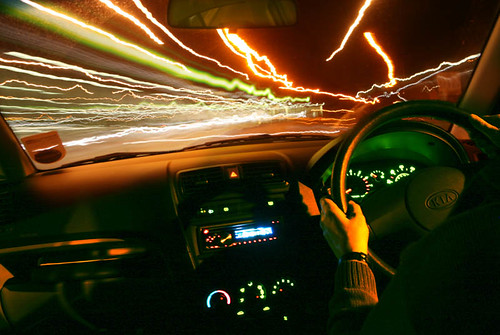
7. **Driving Style Adjustments: Smoothness is Key**Just as essential as preconditioning and strategic charging is adapting your driving style to the winter conditions. The way you interact with the accelerator and brake pedals can profoundly influence your EV’s range, especially when the battery’s efficiency and regenerative braking capabilities are already challenged by the cold. A smooth and anticipatory driving style is a powerful, no-cost method to extend your range.
Experts emphasize the benefits of a gentle touch: “Avoid sudden acceleration and hard braking. Cold weather already drains range—don’t make it worse.” Aggressive driving demands bursts of power, which are less efficiently delivered by a cold battery and lead to greater energy consumption. Instead, think of a graceful, fluid motion: accelerate slowly, brake gradually, and maintain a steady speed whenever possible. This mindful approach minimizes strain on the battery and optimizes power delivery.
One of the bonus tips from Drive Electric Vermont highlights how specific actions can maximize regenerative braking: “If you accelerate slowly, brake slowly, let off on the accelerator as you crest a hill, and anticipate stoplights and slow down, it will help maximize the use of regen braking that puts energy back in the battery instead of wasting it with mechanical brakes.” Regenerative braking is a cornerstone of EV efficiency, capturing kinetic energy and converting it back into usable electricity for the battery. By driving in a way that allows for prolonged, gentle deceleration, you maximize this energy recapture.
It’s important to note a nuance regarding regenerative braking in cold weather. The battery management system may limit regenerative braking if the battery is too cold, as a cold battery cannot charge as fast as a warm one. In addition, on icy roads, you might consider turning down regenerative braking, as you will want to be able to engage your friction brakes more directly for maximum control. While regen is usually a friend, understanding its limitations and adjusting for safety in extreme conditions is part of mastering winter EV driving. However, in most cold scenarios, a smooth driving style remains paramount for efficient energy use and maximizing range.
Even with diligent application of the tips in the first section, truly mastering winter EV driving involves understanding the “why” behind the challenges and preparing for scenarios beyond the daily commute. The cold impacts electric vehicles in fundamental ways, from the very chemistry of their batteries to the demands of everyday driving. Knowing these underlying principles empowers you to make smarter choices and leverage evolving technology.
This deeper dive explores the science behind cold weather range loss, provides crucial advice for planning longer journeys and handling emergencies, and highlights how innovative vehicle technology is continually improving winter EV performance. It’s about empowering you with comprehensive knowledge, ensuring that your EV remains a reliable and efficient companion, no matter how severe the winter conditions become. With these insights, you can navigate even the harshest winters with confidence, making EV ownership a practical and enjoyable experience year-round.
Read more about: EV Owners’ Winter Challenge: Unpacking Why Your Electric Vehicle’s Range Dips in Frigid Temperatures
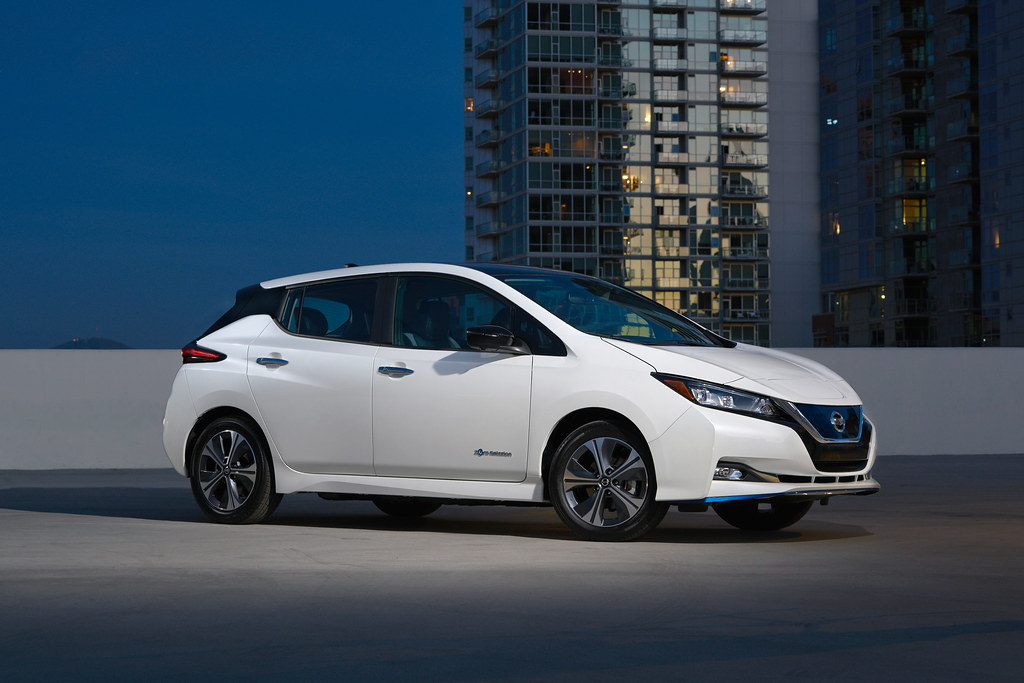
8. **Maximizing Regenerative Braking: Overcoming Cold’s Limitations**Regenerative braking is one of the most brilliant features of electric vehicles, turning kinetic energy from deceleration back into usable electricity for the battery. It’s essentially “free” range, but in cold weather, this energy-recapturing superpower can be significantly hampered. The same cold-induced sluggishness that affects overall battery efficiency also impacts its ability to accept incoming energy from regenerative braking.
As the context explains, “when the battery is cold, it doesn’t accept that energy as well.” This means less energy gets funneled back into the battery, reducing the overall efficiency of your drive. Casey Donahue from Optiwatt highlights this, stating, “A cold battery can also have a negative effect on regenerative braking, and preconditioning the battery allows regenerative braking to kick in, maximizing the efficiency of the vehicle.” This underscores why preconditioning your EV while plugged in is so vital: a warm battery is a receptive battery, eager to store every bit of energy you can regenerate.
Beyond just preconditioning, modern EVs offer smart solutions to mitigate this. Many newer models, when you use their in-car navigation system to route to a fast charger, will intelligently precondition the battery to its optimal charging temperature *before* you even arrive. This foresight ensures that the battery is ready to accept a rapid charge efficiently, minimizing the time you spend waiting and maximizing the energy transferred. While regenerative braking might be limited by your battery management system when the battery is cold (as it can’t charge as fast), a smart EV strives to overcome this with advanced thermal management.
It’s also important to remember the safety aspect of regenerative braking in winter. On icy roads, you might need to manually turn down regenerative braking. This allows you to engage your friction brakes more directly, giving you maximum control and preventing unexpected traction issues on slick surfaces. While efficiency is paramount, safety always takes precedence, and knowing when to adjust this feature is a key part of becoming a seasoned winter EV driver.
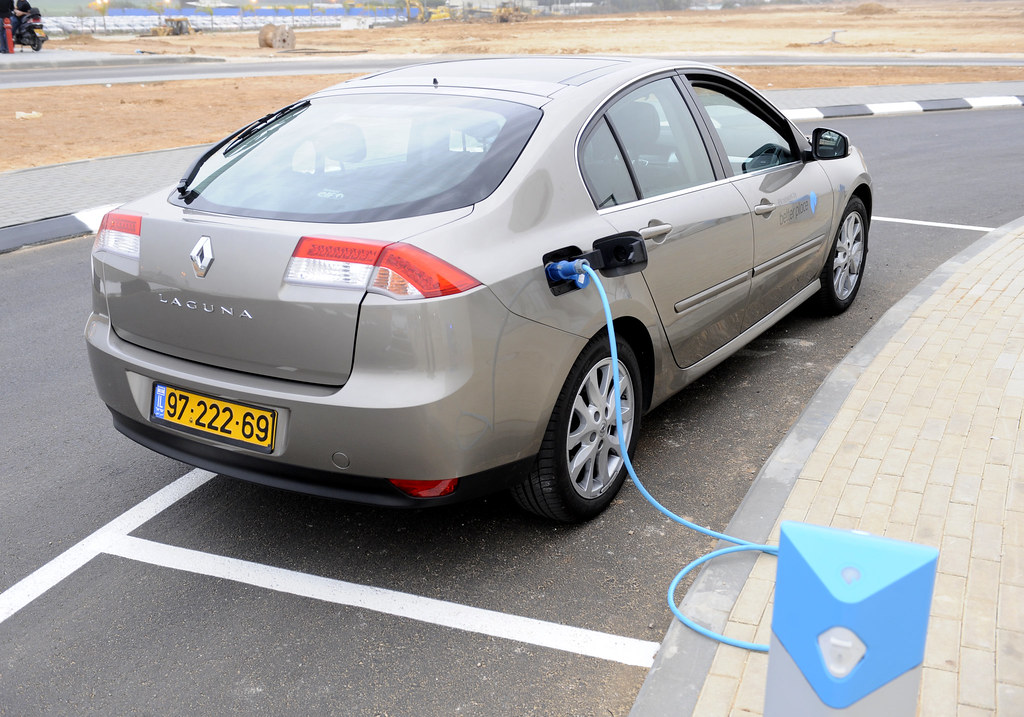
9. **Climate Control and Energy Demand: The Hidden Power Drain**One of the most significant yet often underestimated energy drains in an EV during cold weather comes from its climate control systems. Unlike internal combustion engine (ICE) vehicles, which have an abundance of waste heat from their engines that can be repurposed to warm the cabin, electric vehicles produce very little heat from their efficient electric motors. This fundamental difference means EVs must generate cabin heat actively, drawing power directly from the high-voltage battery.
The simple act of staying warm on a frigid day can dramatically impact your available driving range. As the context clearly states, “On cold days, climate control can be one of the largest energy drains in your vehicle.” The electric heaters, defrosters, and even windshield wipers—all essential for winter visibility and comfort—become significant power consumers. This is why targeted heating strategies, like using heated seats and steering wheels, are so effective: they provide comfort with a fraction of the energy expenditure of heating the entire cabin.
Beyond the cabin, the battery itself needs warmth. EV batteries work best within a specific temperature range, and their internal battery warming systems also draw energy from the main battery to maintain optimal operating conditions. This balancing act—keeping both the battery and the occupants warm—explains why a 20-40% range reduction is common in sub-freezing conditions. Understanding these power demands is crucial for managing expectations and proactively adopting habits that conserve energy, ensuring you have enough juice for your journey.
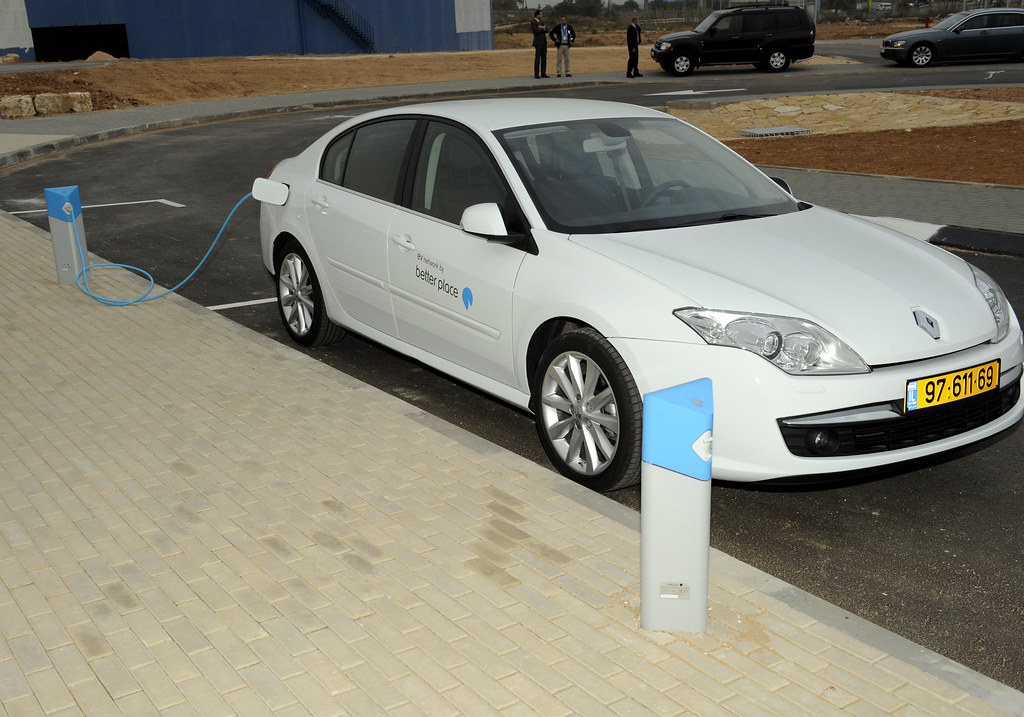
10. **Navigating Public Charging: Planning for Winter Crowds**While home charging offers convenience and control, winter often necessitates reliance on public charging networks, especially for longer trips. The colder months bring unique challenges to public charging, making strategic planning an absolute must. You can’t just expect to roll up to any station and get a quick, seamless charge, especially during peak travel times.
Casey Donahue wisely advises, “Public charging stations can get extremely crowded during the winter, especially around long weekends and holidays. Plan your route ahead of time and try to find a large charging site with an ample number of charging stations.” This isn’t just about finding *a* charger; it’s about finding *enough* chargers to avoid potentially lengthy waits in freezing temperatures. Apps and in-car navigation systems that show charger availability and even queue lengths can be invaluable tools here.
Moreover, cold temperatures don’t just affect your EV’s range; they also impact charging speeds. To protect the high-voltage battery, many cars limit the charging voltage when the battery is cold, meaning “regular charge speed will return when the battery has warmed up.” The rule of thumb shared by EV owners: “Fast charging is slower in freezing temps. If a station normally takes 30 minutes, plan for 45-60 minutes in winter.” This means building in extra time for charging stops to your travel plans, particularly if you’re relying on DC fast chargers.
Planning also involves flexibility. Having alternative charging locations in mind, or even a contingency plan for slower Level 2 charging, can save you from a stressful situation. The comfort of home charging is a luxury, but mastering the public network in winter is a skill that empowers you to take your EV anywhere. By anticipating these challenges and preparing accordingly, you turn potential headaches into manageable detours.
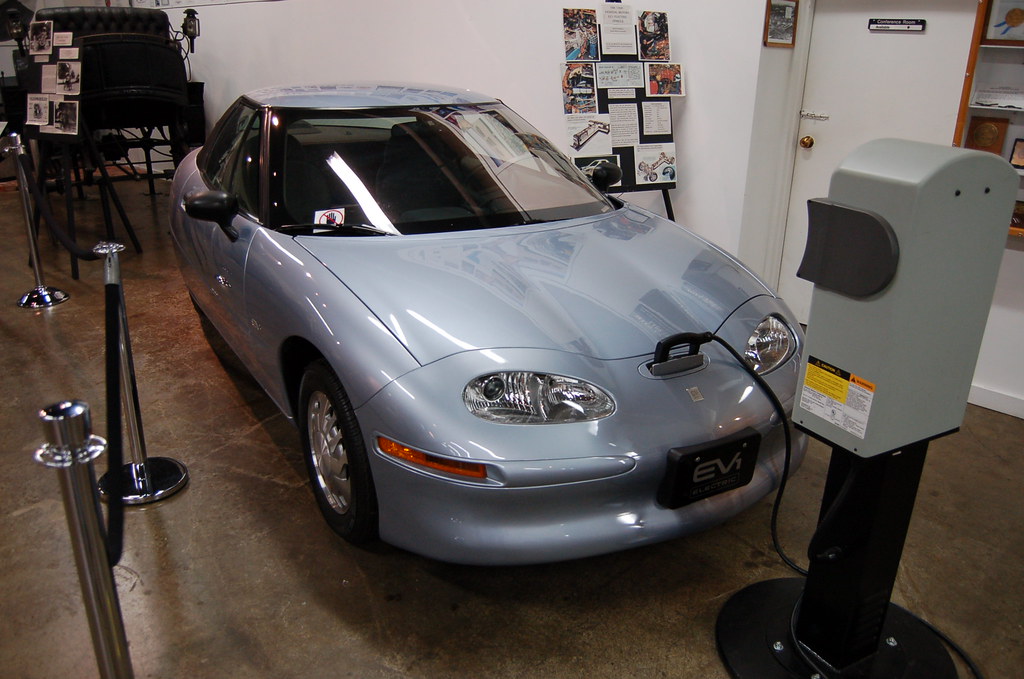
11. **Emergency Preparedness: Safety First in Severe Winter Conditions**While optimizing range is key, prudent EV owners in cold climates also understand the importance of preparing for the unexpected. Severe winter weather can strike suddenly, and being caught unprepared in an electric vehicle, especially away from home, requires a specific set of precautions. This isn’t about fear-mongering, but rather about empowering you with the tools and mindset for ultimate peace of mind.
Richard Reina strongly advises, “If embarking on a longer trip and/or facing the possibility of a storm, be prepared.” This means going beyond just locating charging stations along your route. It involves a comprehensive approach to personal safety and vehicle readiness. Ensuring your cell phone is fully charged and carrying a portable charger or battery pack is paramount, as communication can be a lifeline in an emergency.
Furthermore, your EV should function as a mobile emergency kit. Reina recommends having “warm clothes, blankets, water, non-perishable food and a small shovel in the EV with you, in case conditions deteriorate and prevent you from continuing.” These items can make a significant difference if you become stranded due to a sudden snowstorm, an accident, or an unexpected depletion of charge. Casey Donahue adds to this, highlighting the importance of preparing for power outages, especially in states prone to blackouts, by always trying “to charge your car to full battery prior to any severe weather.”
The truth is, all cars, gas or electric, face challenges in extreme winter. But with an EV, understanding your range limitations and preparing for scenarios where charging might not be immediately available is a vital layer of protection. By assembling a basic emergency kit and staying informed about weather advisories, you transform potential anxieties into actionable steps, ensuring you and your passengers remain safe and comfortable, no matter what winter throws your way.
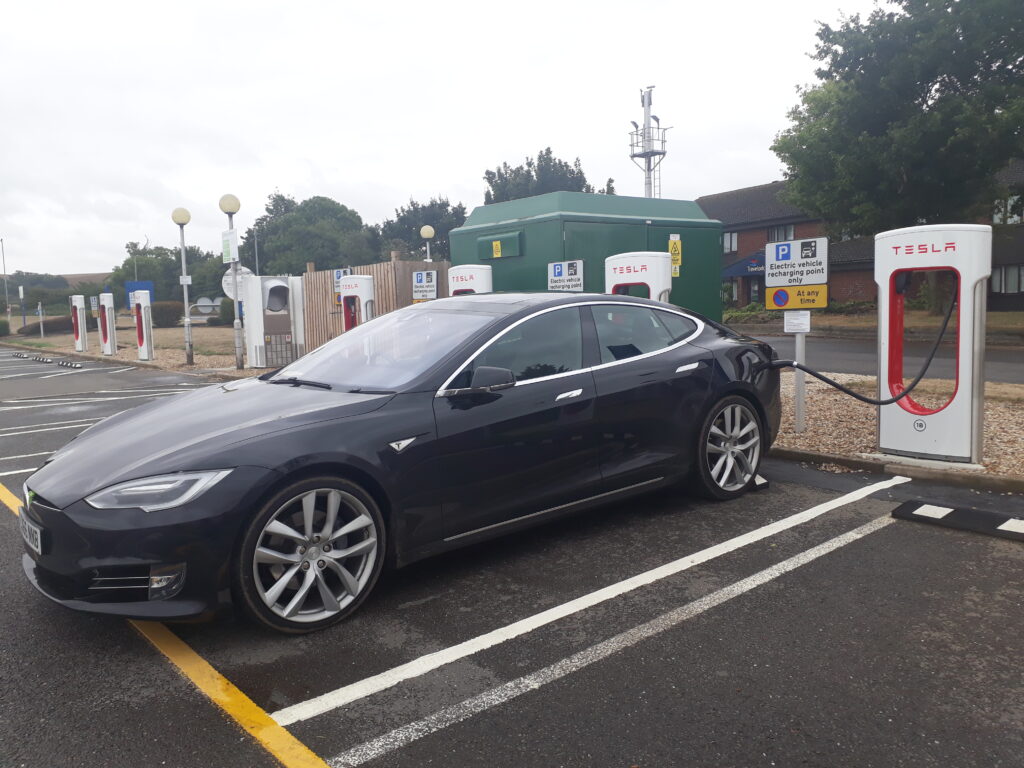
12. **Technological Advancements: The Future of Winter EV Driving**The narrative around EVs and cold weather is constantly evolving, thanks to relentless innovation from automakers. While early adopters faced more significant challenges, ongoing technological advancements are steadily making winter EV ownership increasingly practical and efficient. Companies are actively addressing cold-weather performance, and understanding these improvements can help you choose the right EV or appreciate the engineering in your current one.
One of the most significant breakthroughs is the widespread adoption of heat pumps. As the context explains, “Some EVs come with heat pumps, which provide more efficient cabin heating than traditional resistive heaters.” Unlike resistive heaters that generate heat directly from electricity (which is less efficient), heat pumps work by transferring heat from the outside air, much like an air conditioner in reverse. This dramatically reduces the energy drain for cabin comfort, with heat pumps often generating “3-4 units of heat” for every unit of electricity consumed, making them far more energy-efficient, especially above 14°F.
Beyond heat pumps, manufacturers are focusing on sophisticated battery management systems. These advancements ensure that batteries are kept at optimal operating temperatures, not just for driving efficiency but also for faster and safer charging. The ability of some EVs to “preheat the battery before fast charging” using their navigation system is a prime example of this intelligence, reducing your wait time at public chargers. Even the development of next-generation battery chemistries, such as CATL’s sodium-ion batteries designed to function at minus 40 degrees Celsius, points to a future where extreme cold is far less of a concern.
The good news is that “winter EV driving is getting easier every year.” Automakers are not only implementing these advanced features in new models but are also continually refining existing systems. This commitment to innovation means that while adjustments to driving habits and charging routines will always be wise, the technological backbone of electric vehicles is becoming more robust, resilient, and ready to tackle the harshest winters. It’s an exciting time to be an EV owner, with a future that promises even greater efficiency and reliability in cold climates.
So, what’s the real takeaway from all this? Electric vehicles do face unique challenges in cold weather, but they are far from insurmountable. Armed with the practical tips shared in this guide and a deeper understanding of the science and technology at play, you are well-equipped to maximize your EV’s range and performance, even when the thermometer dips. From strategic parking and smart charging to leveraging advanced features like heat pumps, every proactive step you take contributes to a more efficient and stress-free winter driving experience. EV ownership in colder climates is not just practical; it’s increasingly optimized, proving that the electric revolution is here to stay, winter or not.



